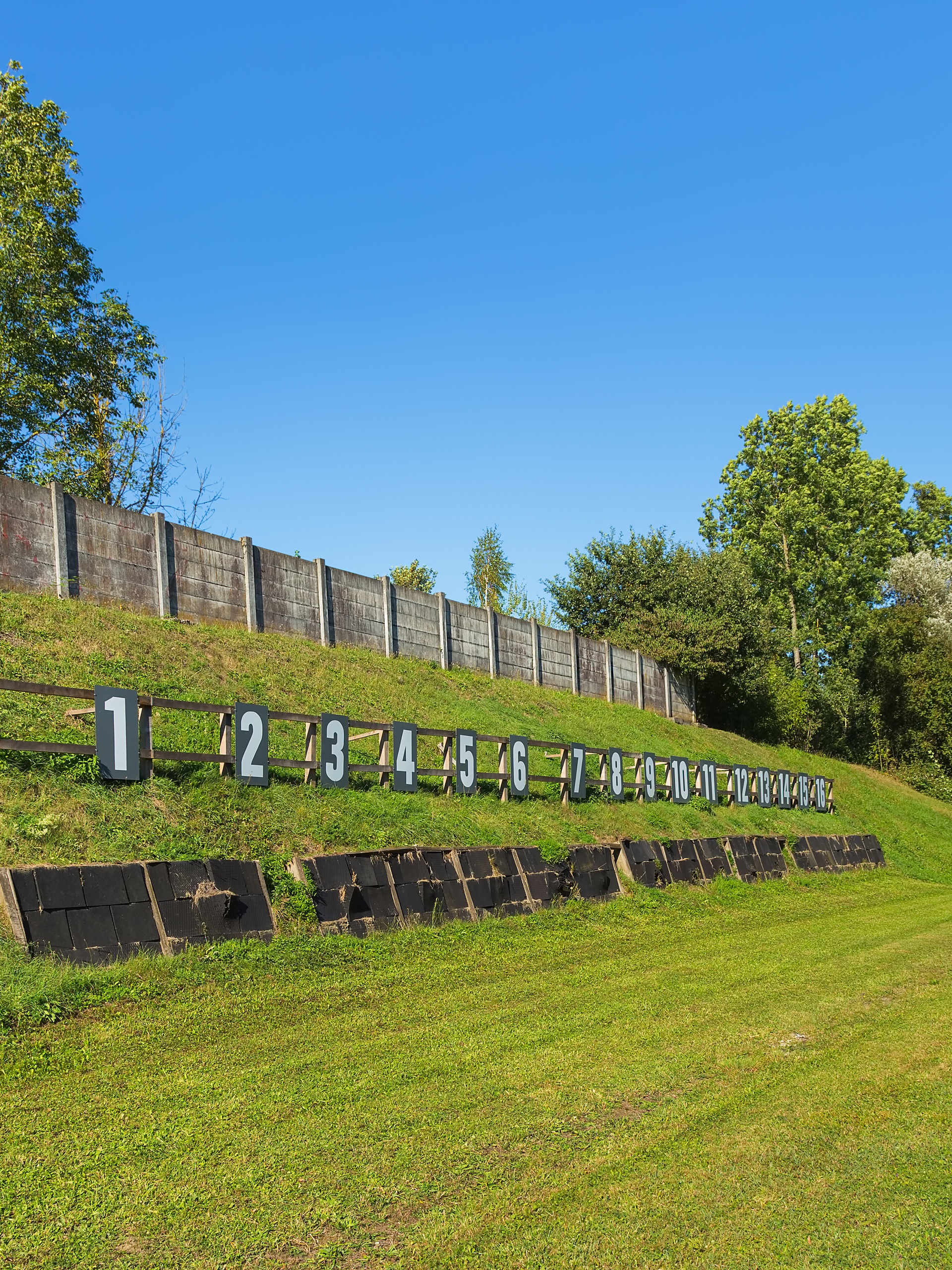Outdoor shooting ranges face unique challenges from pest invasions that threaten safety and infrastructure. Rodents, snakes, and insects can cause serious damage to berms, shooting benches, and walkways if the environment favors them.
Strategic landscaping physically changes conditions to drive pests away from sensitive areas without relying on chemical intervention. Range operators who prioritize ground management methods protect shooter experiences while preserving critical property assets over time.
Strategic Vegetation Control Prevents Pest Habitats
Dense growth around shooting lanes gives rodents and snakes dangerous hiding places that threaten shooter safety and target integrity. On the other hand, short-cut grass, pruned trees, and cleared brush eliminate critical shelter zones pests need to survive.
Cutting down excess vegetation reduces nesting sites and food supplies, forcing pests to seek more convenient environments elsewhere. Open fields improve shooter visibility and limit surprise pest encounters near high-traffic zones. Proper landscaping keeps pests away from shooting ranges by removing key survival structures pests rely on.
Drainage Management Removes Breeding Grounds
Water collection zones create high-risk pest breeding grounds that multiply quickly around outdoor ranges. Poor drainage leads to mosquito infestations, rodent water sourcing, and soil weakening under berms and structures. Gravel trenching, precision grading, and channel creation prevent standing water that attracts pests.
Working with landscape experts offers major benefits like protecting range properties through customized drainage infrastructure solutions. Complex drainage design often requires professional assistance to create effective, low-maintenance systems tailored for shooting facility layouts.
Perimeter Maintenance Blocks Pest Access
Pests often invade ranges through unmanaged perimeter areas that allow hidden movement into shooting zones. Mowed buffer strips, secure fencing, and cleared drainage paths disrupt pest travel corridors at the outer edges. Frequent inspection identifies developing burrows, fence damage, or vegetation breaches before pests establish colonies.
Maintaining tight, open borders gives pests few options for accessing firing lines, berms, or staging areas. Strong barrier strategies with proper landscaping keeps pests away from shooting ranges by cutting off access routes before problems escalate.
Smart Ground Cover Disrupts Pest Nesting
Ground surfaces influence pest movement and nesting success around shooting structures and paths. Gravel beds, packed soils, and pest-resistant grasses leave pests with limited shelter opportunities and poor burrowing conditions. Harder, drier ground cover forces rodents, insects, and snakes to search for softer, more favorable environments elsewhere.
Well-planned ground material selections minimize ongoing maintenance and maintain clear, pest-free paths for shooters and maintenance teams. Smart surface design forms a critical piece of overall range protection strategy when building a pest-resistant property.
Outdoor ranges that invest in proactive landscaping defend critical infrastructure and maintain safer shooting environments year-round. Pest threats shrink dramatically when operators eliminate shelter, breeding zones, and access paths through smart land management. Building a durable, pest-resistant shooting range starts from the ground up and requires a consistent, thoughtful landscaping strategy.
Casey Cartwright
Latest posts by Casey Cartwright (see all)
- Top Firearm Accessories for Extreme Hunts – May 2, 2025
- How Proper Landscaping Keeps Pests Away From Shooting Ranges – May 1, 2025
- How an RV Can Enhance Your Next Hunting Trip – May 1, 2025

Leave a Reply